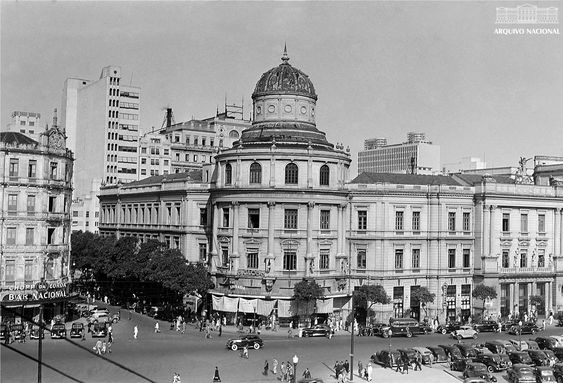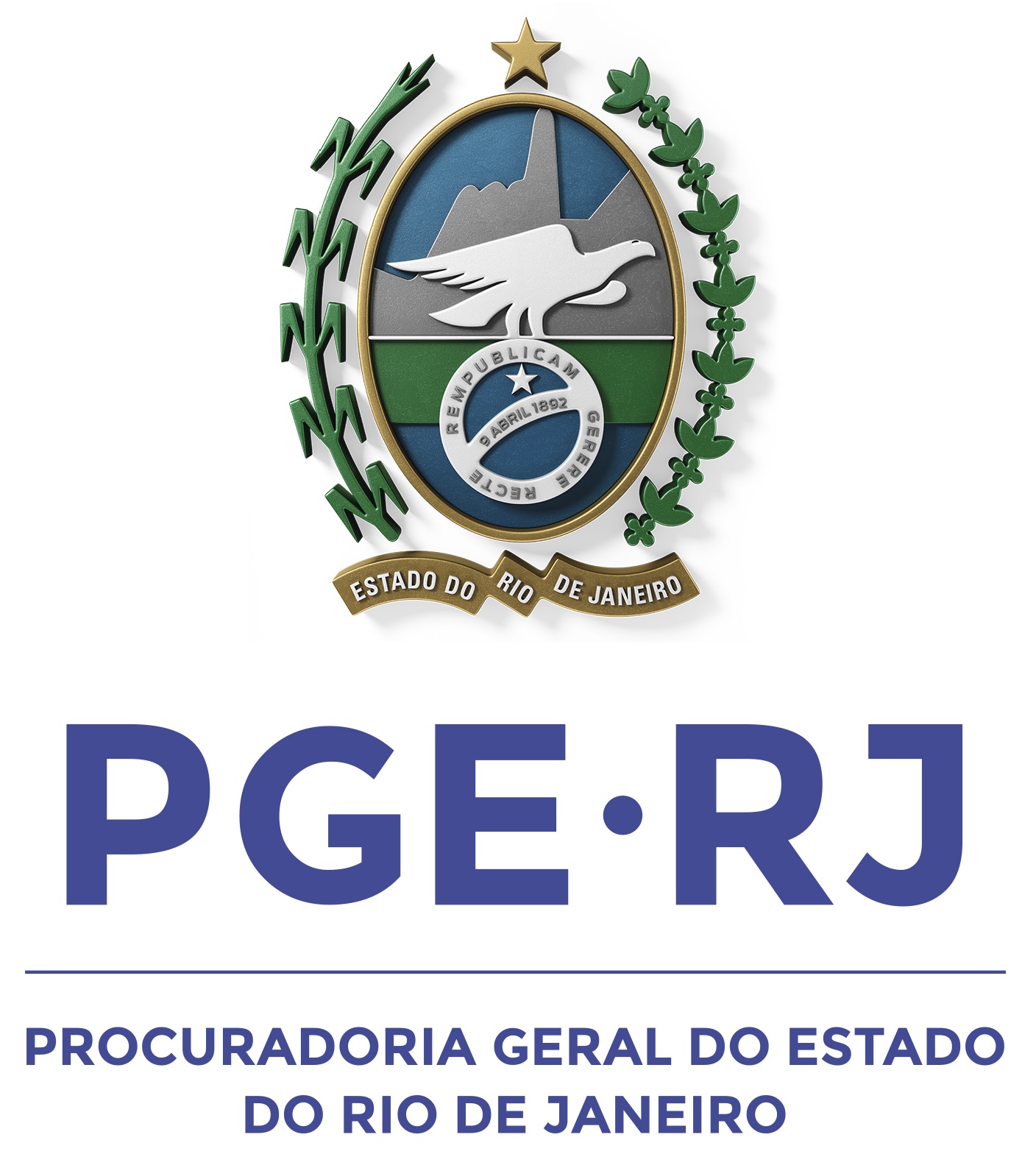Art censorship:
an analysis from the theory of Public Choice.
DOI:
https://doi.org/10.46818/pge.v4i3.249Keywords:
Art censorship, Public choice theory, Artistic freedom, Free speech, Frontal censorship, Oblique censorshipAbstract
Considering the increase in attacks on artistic expressions in Brazil, this study proposes to address how censorship – frontal and oblique – can be explained by Public Choice, insofar as public institutions or agents who commit censorship acts, through of various mechanisms, act in accordance with interests not linked to the public interest. To carry out this analysis, the article is divided into three parts. First, the concept of censorship will be addressed, defining its frontal and oblique mechanisms. Second, from a bibliographic review of Public Choice theory, we will seek to demonstrate how private interests influence censorship mechanisms. Thirdly, Brazilian cases pertinent to the topic will be raised, in which it is possible to suggest the performance of public agents and bodies in disagreement with the public interest. The hypothesis, therefore, is that the acts of censorship are intricate in a logic of action in accordance with hidden interests, not linked to the constitutionally relevant public interest for the subject of artistic freedom. The hypothetical-deductive method will be used and the theoretical framework of the analysis undertaken is the Public Choice theory.
Downloads
Downloads
Published
How to Cite
Issue
Section
License
Copyright (c) 2021 Isabela Amaral

This work is licensed under a Creative Commons Attribution-NonCommercial 4.0 International License.
By submitting a manuscript, authors agree to the terms of the Copyright Notice. They also authorize Revista Eletrônica da PGE-RJ to publish this manuscript under a Creative Commons Attribution-NonCommercial 4.0 International License and recognize it as a vehicle for its original publication.




















